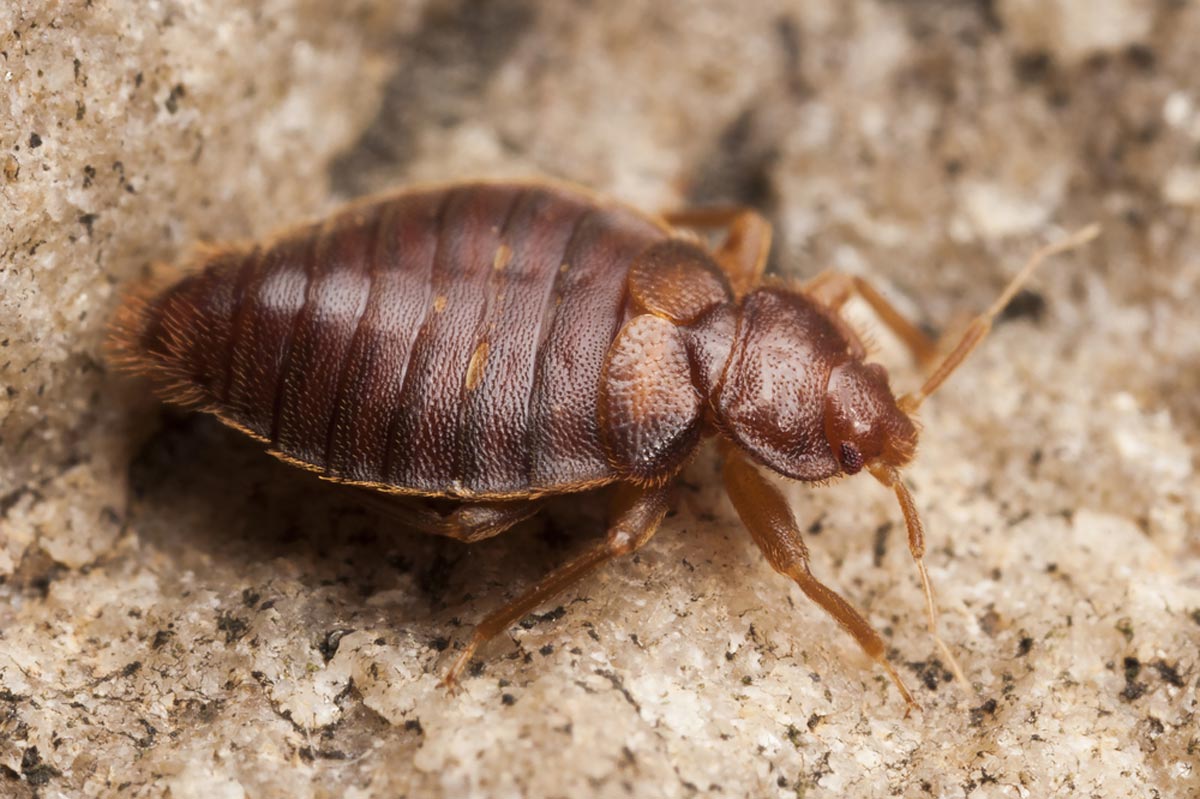Recognizing the Lifecycle of Parasites for Targeted Control Approaches
Recognizing the lifecycle of bugs is an essential element of reliable pest administration approaches. By understanding the numerous phases of growth that pests go through, a much more precise and targeted approach can be taken on to regulate their populations. This knowledge not just drops light on the vulnerabilities within the pest lifecycle yet likewise leads the way for implementing strategic actions that can interrupt their development and recreation cycles. Through a much deeper understanding of exactly how insects grow and evolve, customized control approaches can be developed to address details points in their lifecycle, ultimately bring about even more successful parasite administration outcomes.
Relevance of Understanding Insect Lifecycle
Understanding the lifecycle of pests is vital for establishing reliable and targeted control techniques in parasite management. By understanding the numerous stages a pest goes with from egg to grownup, parasite control professionals can determine prone factors in the lifecycle where intervention can be most successful.
Furthermore, recognizing the specific ecological problems needed for every stage of the pest's lifecycle can direct decisions on environment alteration or exclusion methods to disrupt the lifecycle and decrease parasite populaces. This understanding allows pest management specialists to carry out proactive steps as opposed to depending exclusively on responsive treatments, leading to more sustainable and lasting parasite control options. Ultimately, a thorough understanding of pest lifecycles encourages bug control practitioners to tailor their approaches successfully, making best use of and lessening ecological effects control outcomes.
Secret Phases in Insect Growth
To efficiently implement targeted control techniques in insect monitoring, a vital facet depends on thoroughly recognizing and comprehending the crucial phases in insect advancement. Parasite advancement generally contains several crucial phases that are critical for their lifecycle and management. The initial stage is the egg phase, where parasites lay eggs that later on hatch out right into larvae. Larvae after that progress right into pupae, a phase where they undergo transformation prior to becoming adult parasites. Comprehending these stages is crucial as it helps in pinpointing susceptible points in the lifecycle where control procedures can be most reliable.

Susceptabilities in Insect Lifecycle
Throughout the various phases of a bug's lifecycle, unique vulnerabilities emerge that can be tactically targeted for effective control procedures. One vital vulnerability lies in the egg phase, where parasites are frequently much more susceptible to particular insecticides or biological control agents because of their soft external covering, making them easier targets for intervention. Furthermore, the nymph or larval phase provides susceptabilities as insects go through quick growth and development, needing high power consumption that can be made use of by interrupting their food resources my blog or presenting growth inhibitors. Pupal phases, identified by immobility and transformation, provide a home window for targeted control via physical obstacles or specific treatments that impede effective appearance. Finally, adult bugs, while extra resilient as a result of their reproductive ability, can still be prone throughout breeding or egg-laying tasks, which can be disrupted with pheromone catches or sanitation strategies. Understanding these vulnerabilities in the insect lifecycle is necessary for creating efficient and precise control techniques that effectively handle bug populations while lessening ecological influence.
Carrying Out Targeted Control Measures

Implementing targeted control procedures commonly entails a multi-faceted approach. This may include habitat alteration to make the environment much less welcoming to bugs, such as getting rid of standing water for mosquito control or securing entry factors for rodents. Additionally, biological control methods can be utilized, where natural killers or pathogens are presented to maintain bug populaces in check.
Integrated Bug Administration (IPM) methods that integrate different control steps in a collaborated and sustainable manner are often the most reliable in attaining lasting insect administration goals. By implementing targeted control procedures based on a detailed understanding of insect lifecycles, pest populations can be successfully managed while decreasing dangers to human health and wellness and the setting.
Enhanced Pest Monitoring Practices

In addition, the unification of biological control agents, such as all-natural killers or virus of insects, can help minimize dependence on chemical pesticides and promote a much more well balanced ecosystem. Executing physical obstacles and catches can also be part of improved parasite management practices, providing safe and targeted remedies for pest control. Additionally, making continue reading this use of scents and various other semiochemicals can interrupt pest mating patterns and interaction, causing lowered pest populations in time.
Final Thought
By determining crucial stages in insect growth and susceptabilities in their lifecycle, targeted control steps can be applied to lessen bug populaces. Improved parasite administration techniques can aid minimize the dependence on broad-spectrum pesticides and promote even more lasting and environmentally friendly bug control methods.
Recognizing the lifecycle of bugs is vital for developing reliable and targeted control techniques in pest administration. By comprehending the different stages a bug goes through from egg to grownup, pest control specialists can identify susceptible points in the lifecycle where treatment can be most successful. Inevitably, a detailed understanding of insect lifecycles empowers insect control professionals to customize their approaches successfully, minimizing ecological impacts and making the most of control look at these guys outcomes.
By carrying out targeted control measures based on a complete understanding of parasite lifecycles, insect populations can be properly controlled while reducing dangers to human wellness and the environment.
By identifying crucial phases in parasite development and susceptabilities in their lifecycle, targeted control measures can be executed to lessen bug populations.
Comments on “Specialist A1 Bed Bug Exterminator in Houston - Reliable Solutions”